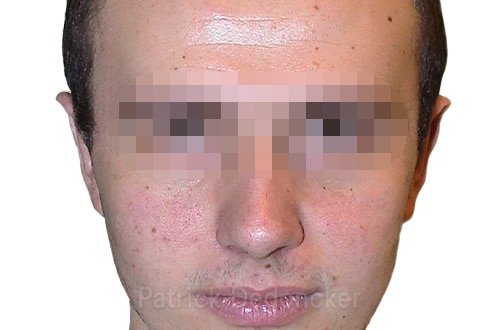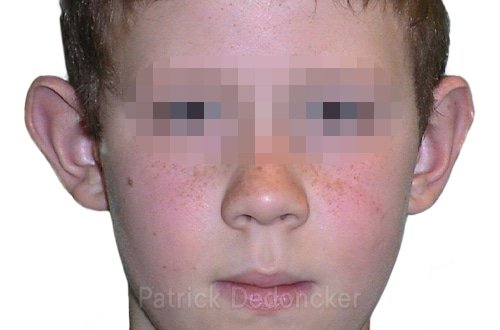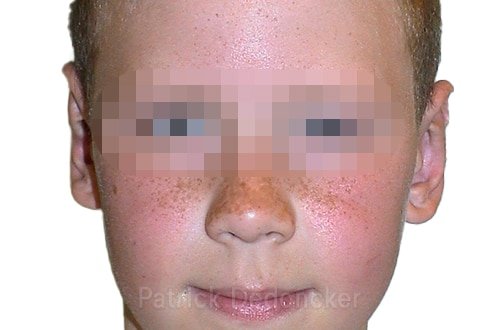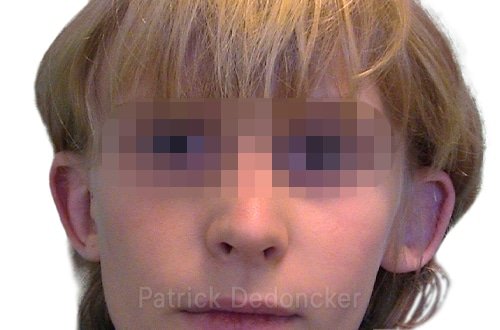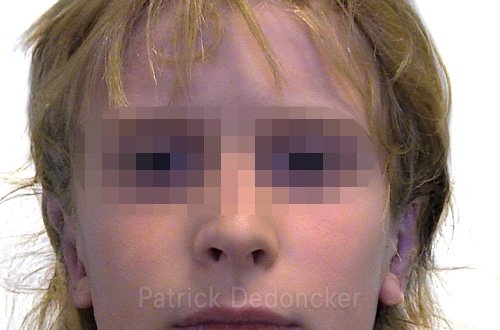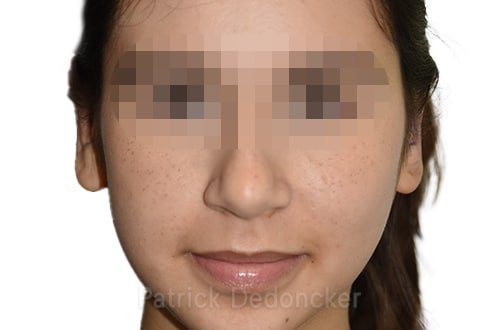Treatment
Protruding auricles or 'floppy ears' often give rise to bullying. Children in particular can be victims of this bullying, which can seriously undermine self-confidence. An ear correction can be performed as early as 4 years of age. But even adults sometimes take the decision to undergo otoplasty at a later age.
How does ear correction happen?
The cartilage of the auricle is brought closer to the skull with some tensile wires. Sometimes this cartilage is overdeveloped and a piece has to be removed.

Important information
Scar
An ear correction is done entirely through the back of the ear. As a result, there is no visible scar. The incision is made in the deep groove behind the ear and is sutured subcutaneously.
Possible risks
An otoplasty is a very safe surgery with very nice results. Your plastic surgeon makes sure there is a nice symmetry between the left and right ear. He also ensures that the ears do not stick too close to the skull after the procedure. Infection rarely occurs with this procedure.
Recovery
You may go home as early as one hour after the procedure. The local anaesthetic continues to take effect for several hours. Pain is possible during the first 24 hours. The classic painkillers ibuprofen and paracetamol may provide relief. After the procedure, you will be given a turban bandage around your ears. This bandage will be removed after 5 days. From then on, you may wash your hair again. You will then have to wear a protective bandage at night for another 3 weeks. You can resume work after only 2 days if wearing the bandage is not socially disturbing.
Anaesthetic
Usually, local anaesthesia is sufficient. A short-acting sedative is administered to nervous patients. There are various degrees of anaesthesia, up to and including sedation. In children up to 13 years of age, this procedure is best performed under general anaesthesia.
Precautions
All our procedures are performed in the safest conditions by a plastic surgeon, supported by a professional team. Although an ear correction is usually done under local anaesthetic, you are constantly monitored by qualified nurses (blood pressure, oxygen saturation, ECG). This procedure ensures the highest safety.
Local anaesthesia ensures pain-free procedures with minimal blood loss and bruising. Using blood-thinning drugs? Inform your plastic surgeon in advance (such as acetylsalicylic acid, plavix, sintrom, etc.).
After the procedure, you will receive your plastic surgeon's mobile number for added security.
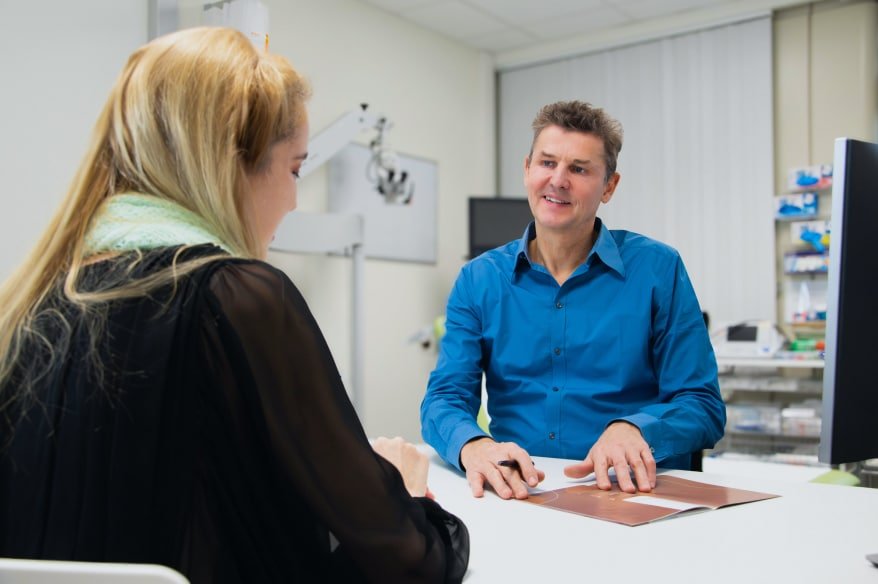
How an appointment at our clinic will proceed
At our clinic, we take a personal and expert approach to boost your self-confidence and achieve the best results.

Dr. Patrick Dedoncker
Certified plastic surgeon
Make an appointment
Simply schedule your appointment online or by phone. Choose a time that suits you and let us know your specific wishes or questions in advance.
Consultation
During the consultation, Dr. Patrick Dedoncker discusses your wishes and expectations. We perform a comprehensive analysis to draw up a personalised treatment plan.
Get to know
Meet recognised plastic surgeon Dr. Patrick Dedoncker, who will go through your treatment plan with you in detail. Together we determine the best approach for the desired result.
Treatment and care
Experience professional care and guidance, tailored to your needs. We make sure you feel comfortable and well-supported during and after treatment.
Contact us
Have questions or want to schedule an appointment? Fill in the contact form and we will contact you within 24 hours to help you further!


